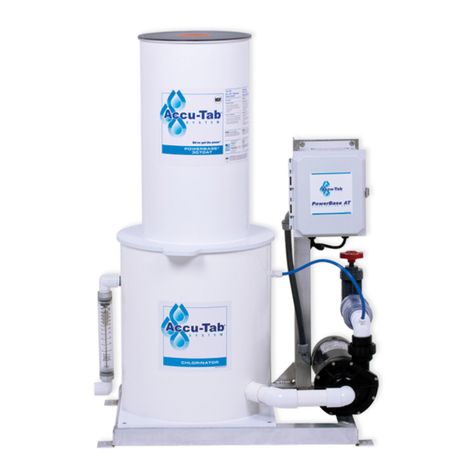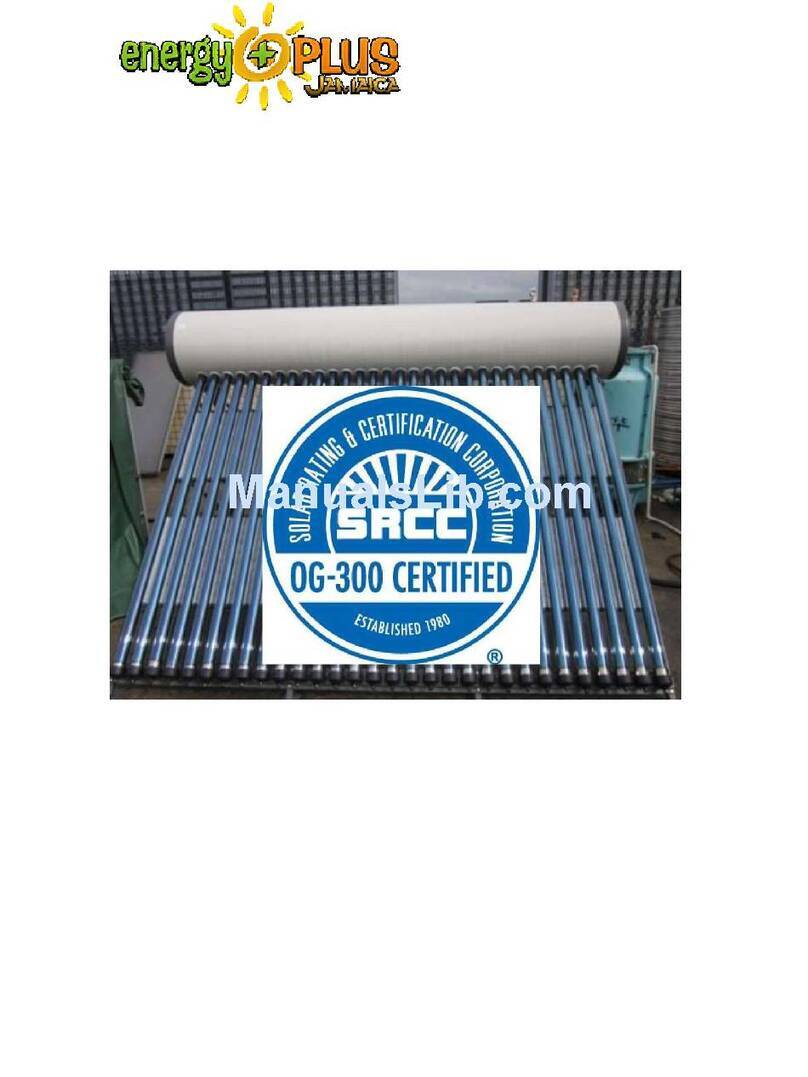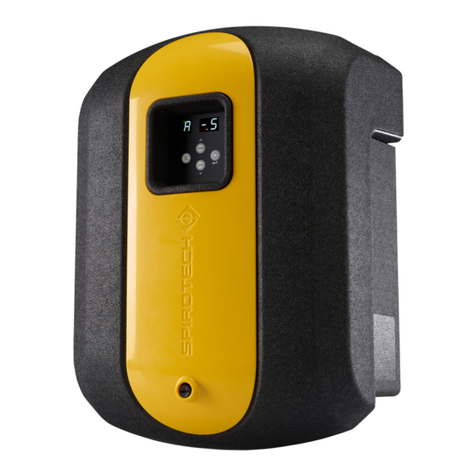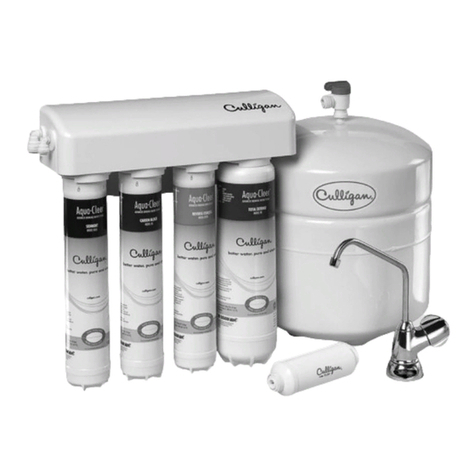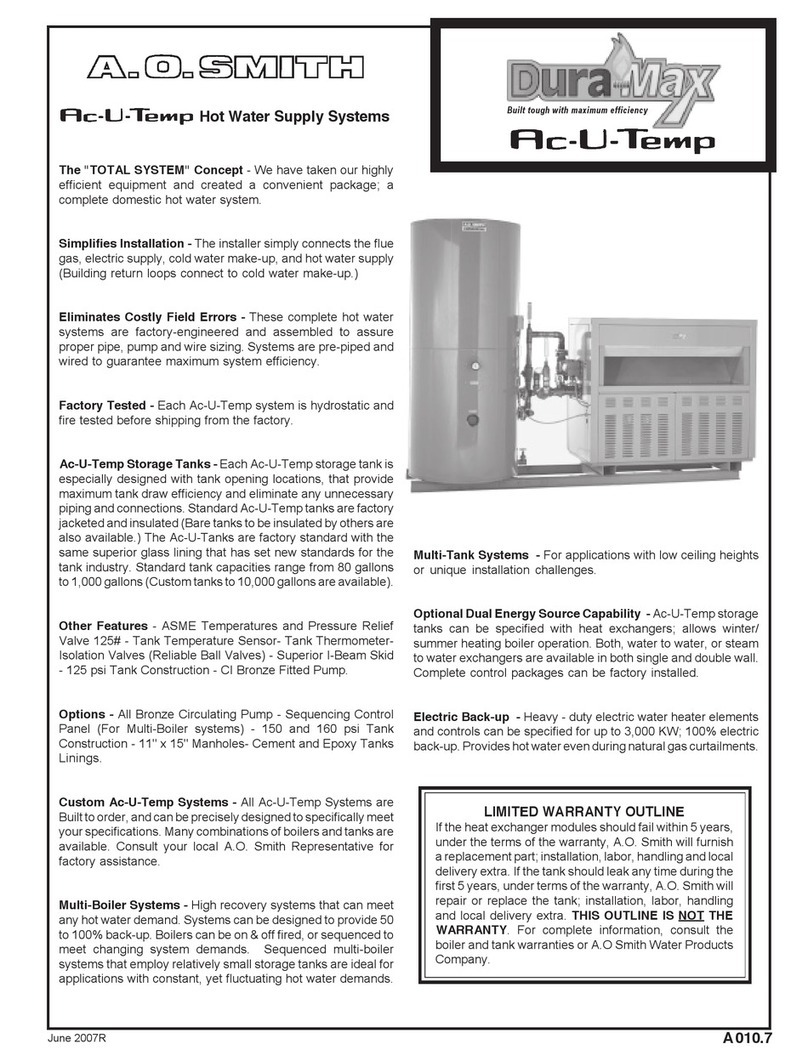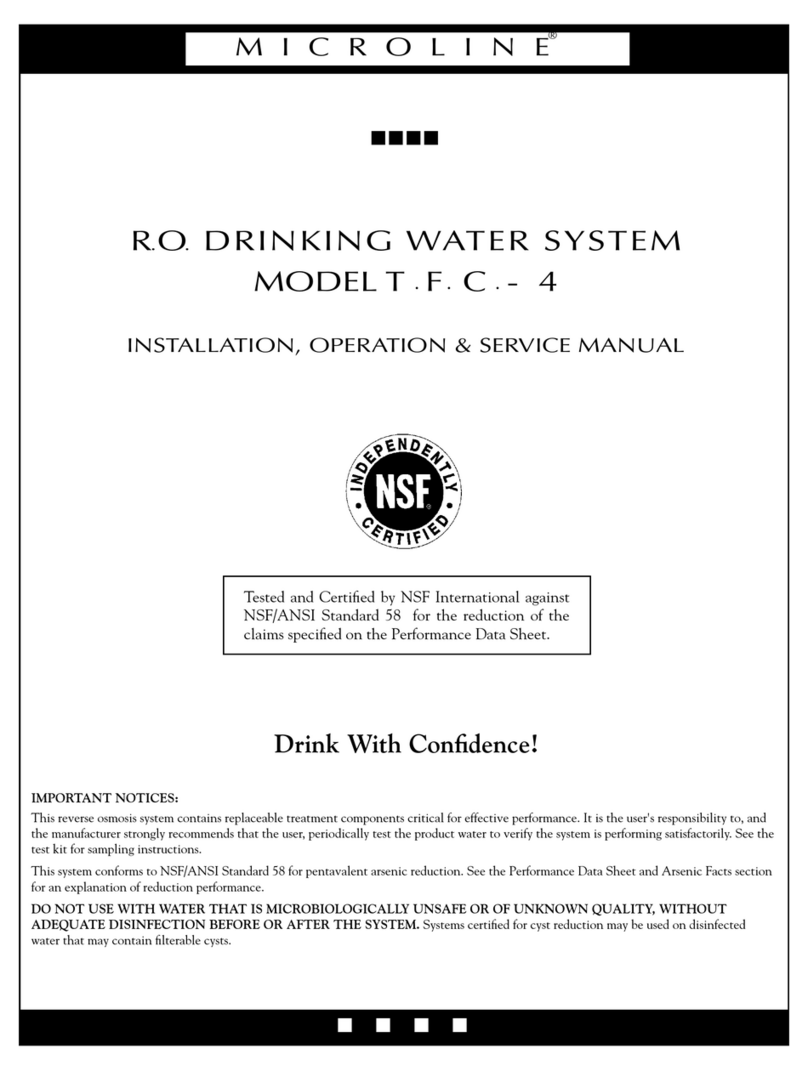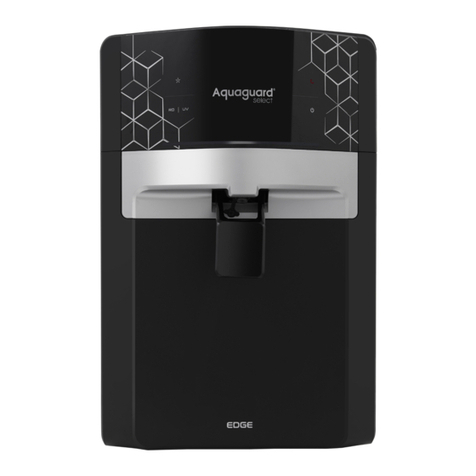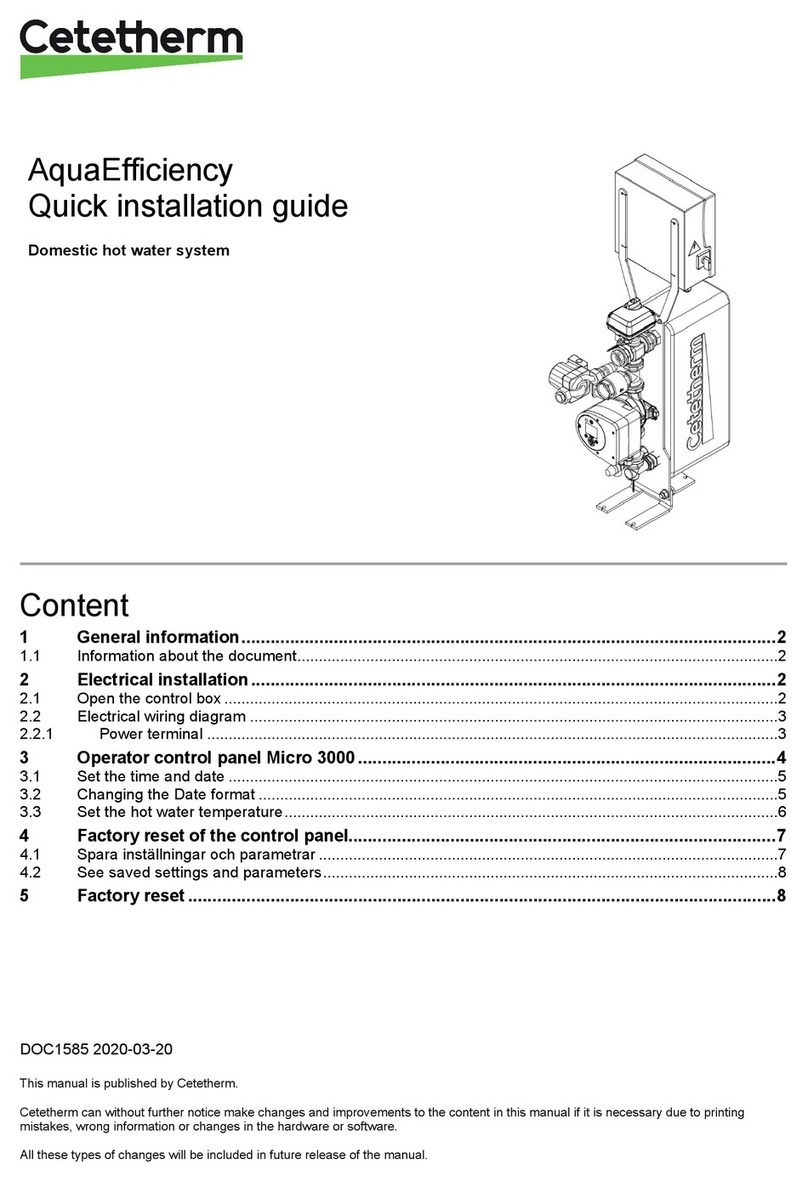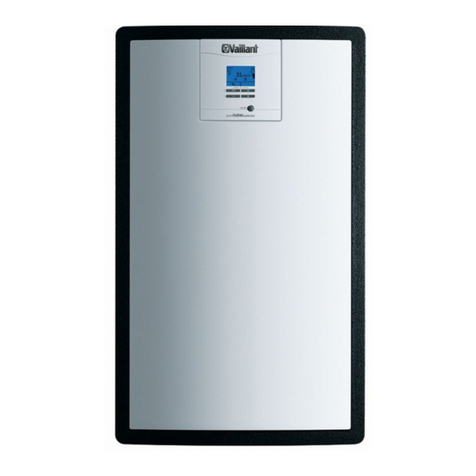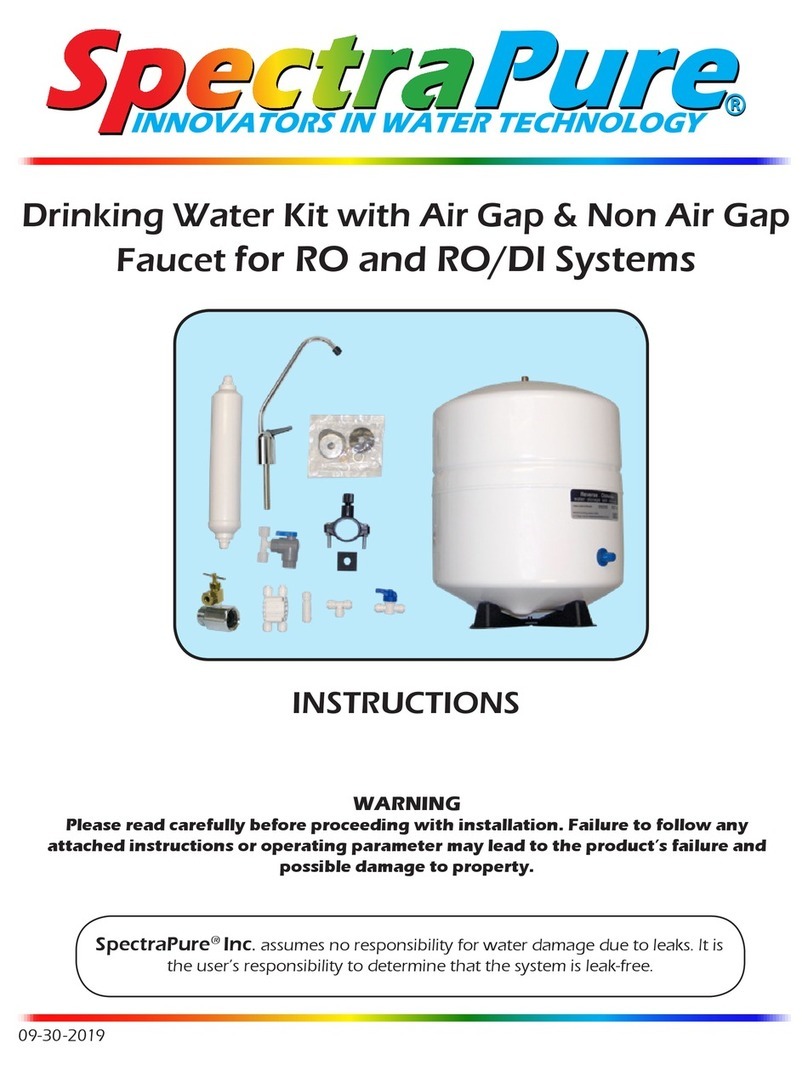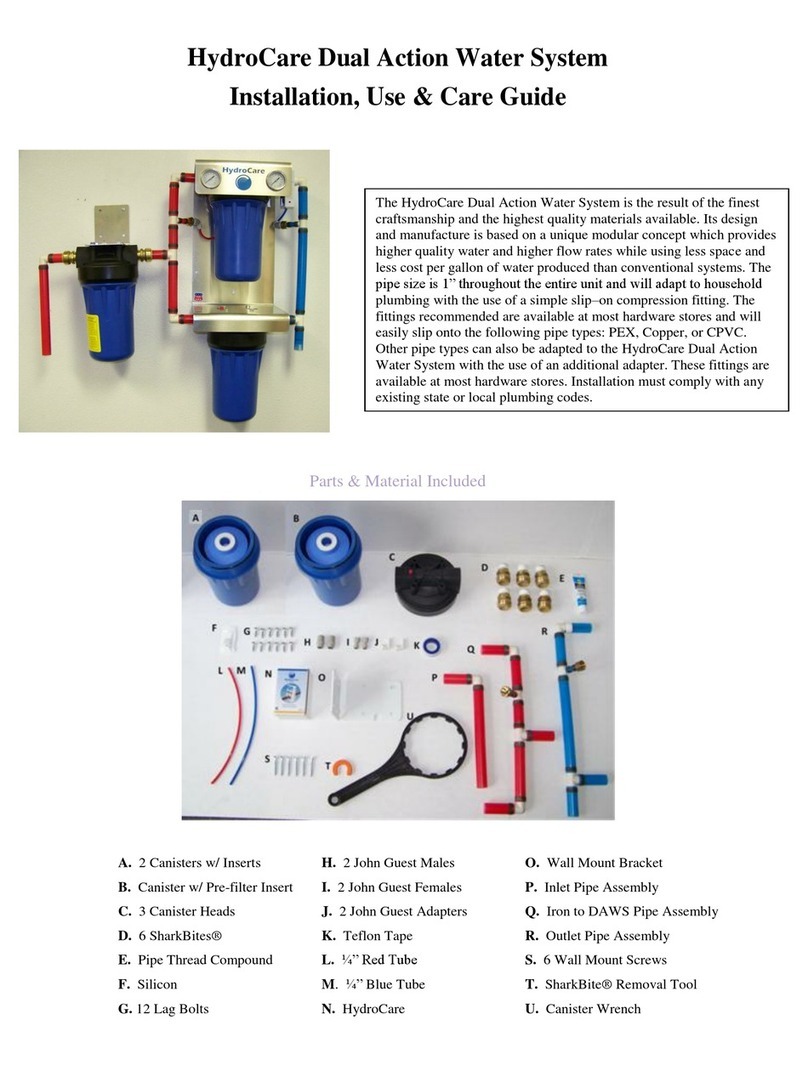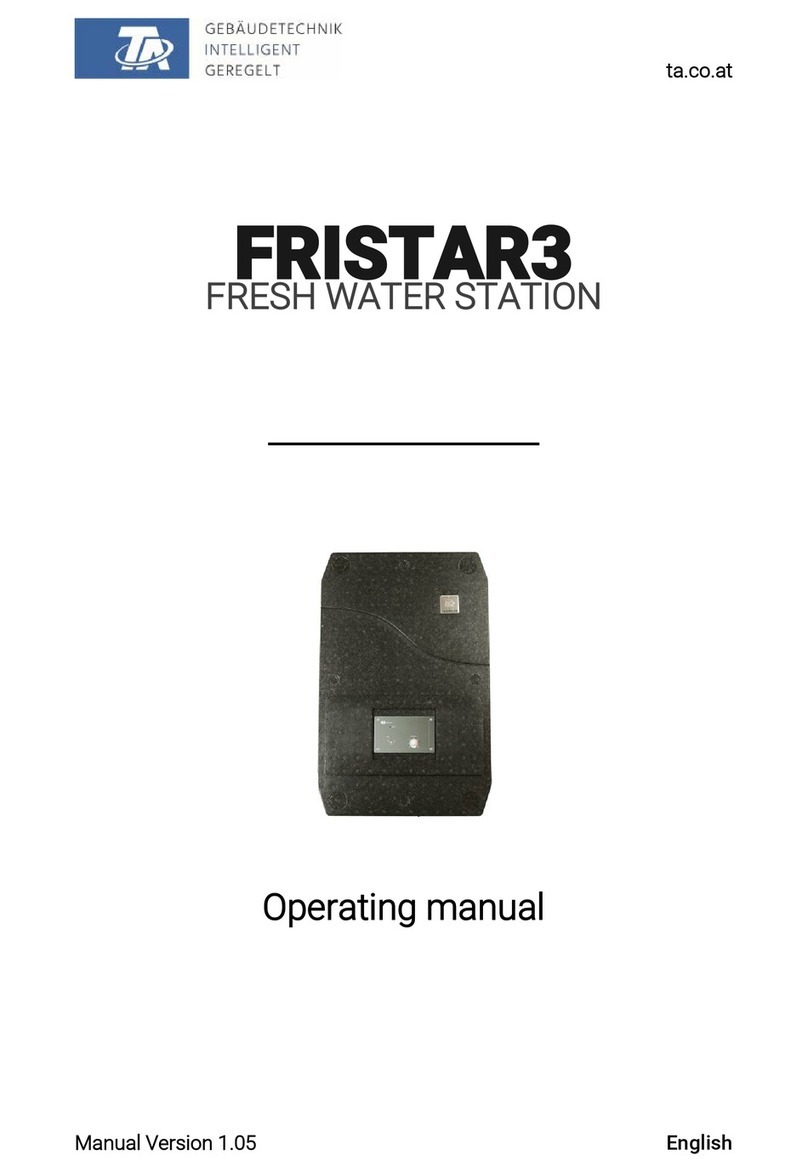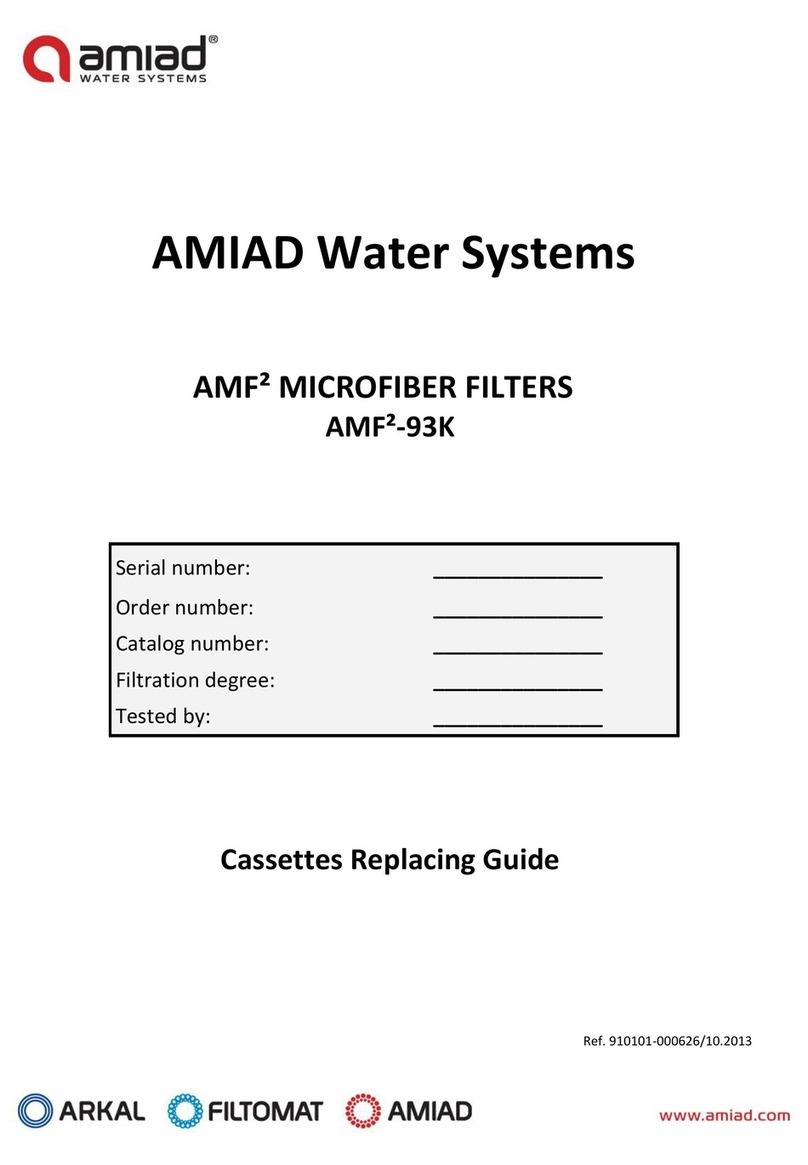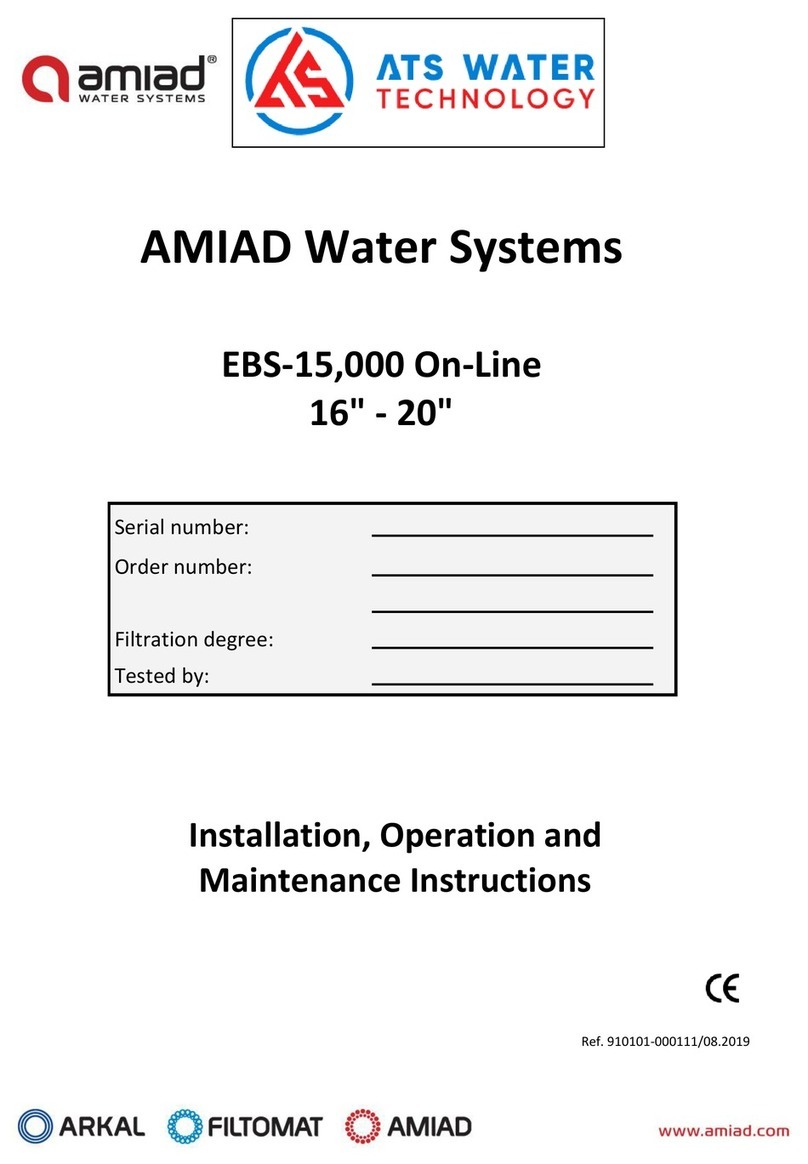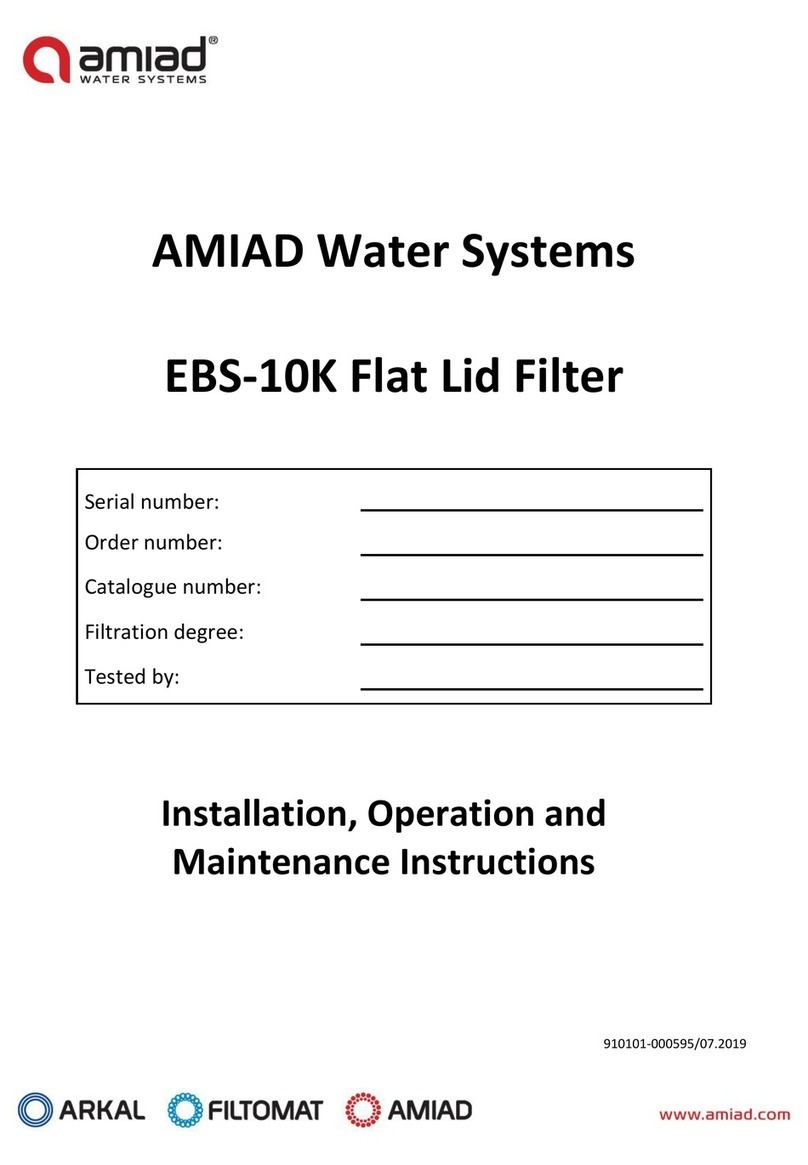Introduction:
Amiad filtration equipment has been designed to give long, trouble-free service when properly
installed, operated and maintained. This manual contains important installation procedures and
should be read prior to installing. This manual is also a guide for proper filter operation
maintenance and winterizing. It is important that maintenance personnel review this manual
carefully, including the Safety Precautions and Warnings before performing any maintenance on this
sand media water filter.
Note that the recommendations on the frequency service are minimums, and where operating
conditions are severe, the service should be performed more often. For each required service,
follow the procedures outlined under the Maintenance Procedures section in this manual. If
additional information beyond the scope of this manual is required, contact your local Amiad
Representative or the factory.
General Description:
The ICS-TCP basin cleaning system and side stream system are compact filter packages for the
removal of grit, airborne particles and scale from the cooling tower water in order to avoid
system failing.
The system use the ICS Separator with centrifugal-action performance, Amiad quality,
reliability, to control buildup of solid with in a heat transfer system. The system reduces
maintenance of the system, while increasing cost effectiveness as reduced blowdown and
reduced chemicals provide additional savings.
Basin sweeping ICS-TCP Systems provide circulation and agitation of the cooling tower
basin. Directing the flow to the filter the system can reduce buildup of solids in the tower.
The condenser water ICS-TCP is a side stream after the main circulation pumps and returns
back into the condenser water line, providing removal troublesome particulates that cause
maintenance issues.
Pre Assembly & Start-up Checks:
Only licensed or trained electricians and pipe fitters should install ICS-TCP systems.
Pad should be level and structurally sound for the application and equipment.
Proper anchor bolts should be sized correctly for the application to secure unit.
All piping to the and from the filter is to be supported.
Suction line is to be sized for 5ft/sec with pipe length not to exceed 30’. Long runs with
elbows and fittings should be calculated for head loss to make sure pump receives proper
NPSH.
Proper gaskets and treaded sealants are required for proper sealing of the system. If you
need recommendations please contact Amiad.
Only tighten fittings, nuts & bolts, threads as required to prevent leaks.
Power should be supplied to the unit with proper conductor size and voltage. The wiring
will need to be arranged for proper pump rotation for three phase systems. It is
recommended that this is performed by a trained electrician. Motor name plate provides
necessary information required for electrical.
